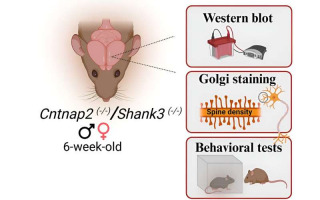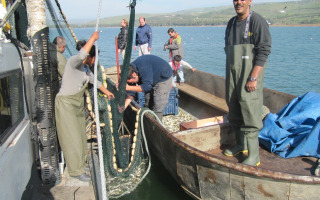Tiny Pseudoscorpion Rides on a Scorpion observed for the First Time
Researchers from the National Natural History Collections at the Hebrew University of Jerusalem and the Department of Evolutionary and Environmental Biology at the University of Haifa documented the first-ever observation of phoresy of pseudoscorpions on a scorpion host. This unique behavior sheds light on the intricate relationships of myrmecophile arachnids, particularly between the pseudoscorpion genus Nannowithius and the scorpion species Birulatus israelensis.













